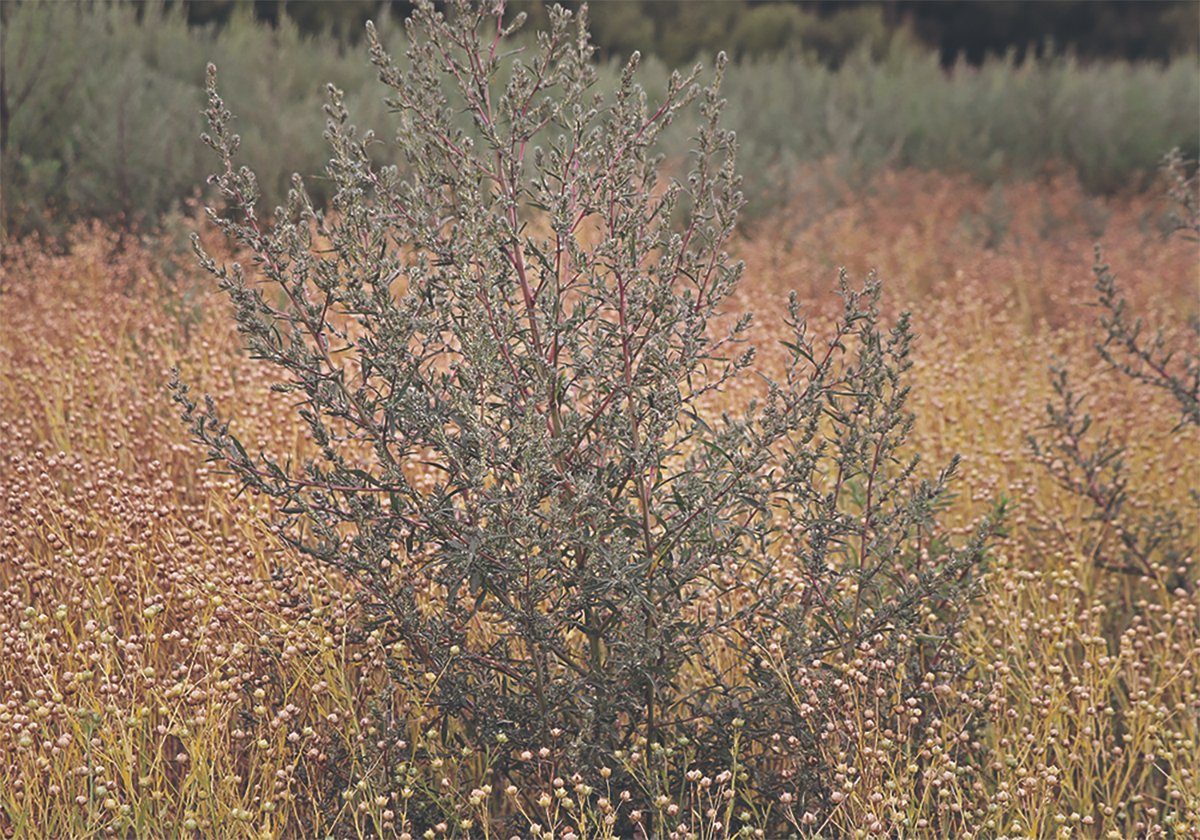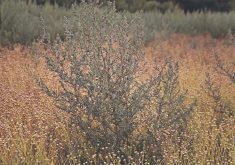THE rising cost of oil and natural gas is squeezing every pocket book, including those of farmers. Indeed, farmers use a lot of fuel and natural gas-based fertilizer in their business and probably feel the hurt more than others.
The only consolation is that high energy prices hurt all farmers in all countries equally. Producers who can reduce their reliance on fossil fuels will weather the storm best.
Canadian farmers may have a competitive advantage thanks to this country’s advanced know-how in direct seeding practices and pulse crop production. Direct seeding, by reducing the number of times tractors traverse fields, can reduce field operation fuel consumption by 40 to 60 percent compared to conventional management.
Read Also

Kochia has become a significant problem for Prairie farmers
As you travel through southern Saskatchewan and Alberta, particularly in areas challenged by dry growing conditions, the magnitude of the kochia problem is easy to see.
Thanks to the hard work of Canadian plant breeders, farmers here have an array of pulse crop varieties to add to their rotations and, because of pulse crops’ ability to extract nitrogen from the air and deposit it in the soil, farmers can reduce fertilizer bills.
Unfortunately, even with these advantages, Canadian farmers will struggle as operating costs rise and cut into profits. In the long term, however, high oil and gas prices should create opportunities for farmers, who have the ability to harness solar energy to grow crops that can be made into alternative fuels and other products now made from petrochemicals.
This will provide new markets for surplus grains, crop residues and animal renderings without endangering our ability to feed ourselves.
Biofuels like ethanol are found in Canada but are already a much bigger business in other countries.
The amount of corn used to make ethanol in the United States grew by 20.5 percent last year. It is expected to grow another 14 percent this year to 1.37 billion bu. or about 12 percent of total production.
About 13.25 million litres of ethanol will be produced this year, allowing about 30 percent of all gasoline used in the U.S. to be blended with ethanol.
Europe has a huge and growing biodiesel industry. In Germany, the largest producer, half the 3.2 million acres of rapeseed are used for biodiesel production. Projects that extract methane from manure to burn in creating electricity are appearing in Canada but there are already hundreds of such projects in Europe.
Farmers and ranchers also are often direct beneficiaries of wind-generated electricity because they collect lease payments on land for wind farms. Canadian wind power is booming. The generating capacity increased by one third this year to 439 megawatts, enough to supply about 150,000 homes.
These various energy projects can create new and diversified income sources for farmers.
Who knows? Someday the standard image of an energy rich region might not be desert and camels but grain fields and tractors.
















